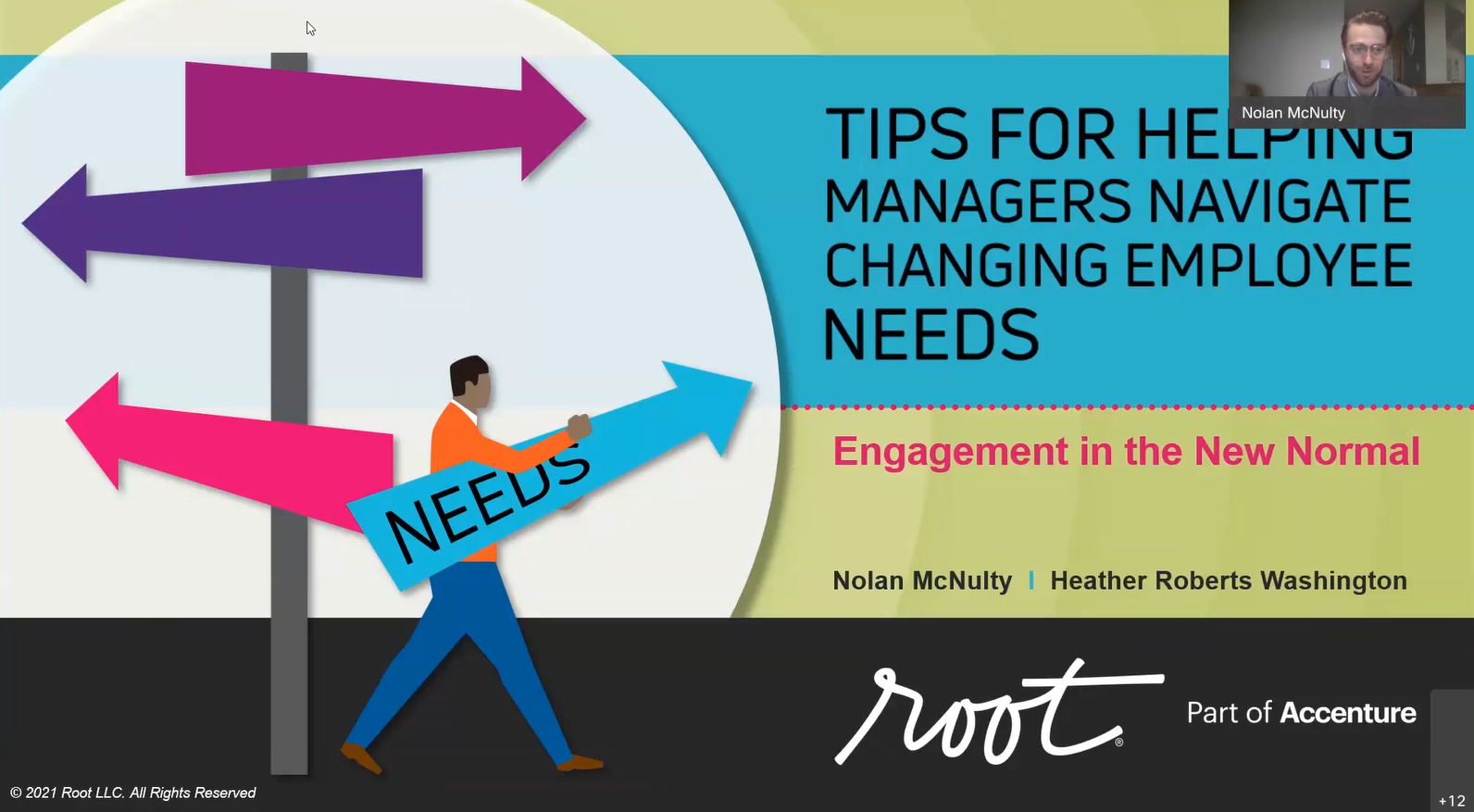One in every four employees is feeling indifferent and/or don’t understand their company’s mission*. That’s 25% of your employee population!
Astounding, right?!
How can the people who interact with customers the most – the ones on the front line – be expected to deliver on a brand promise they don’t know, get, or maybe haven’t even ever seen? And how are their managers supposed to engage them in delivering on a vision and customer experience they can’t possibly understand?
Before you can even think of winning customers – for a day, a week, or forever – you’ve got to get in real touch with the people who actually make that happen… your employees. Because if your organization can’t nail down its employee experience, then there’s no way that those employees can deliver great experiences to your customers. Get your employee experience strategy right and the customer experience will follow!
Feel stuck? Here are the three things you need to do, starting now:
- Embrace this fact: Employees are your most important customers.
Head scratcher? Let me explain. Sure, they’re not buying your products and services. But they’re certainly buying into the value and idea of those products and services and the organization that delivers them. And, yes, YOU are paying THEM. Both irrelevant. They are the people who can make or break your entire business. If you treat them right and give them the tools to do a stellar job, they are the ones who can convey your vision and brand to the paying customers you’re after. But they absolutely must understand it and be emotionally connected to it.
How?
Take that way-too-high level strategy slide presentation (likely written by someone removed from the everyday workings of your business) and translate it into meaningful, digestible, understandable concepts that your people can relate to. Make it fun, use visual tools like video and maps, throw in some games and online training modules, and top it off with a nice virtual town hall meeting that showcases your leaders being engaging and real. Make them relatable to the masses. But above all else, give them the time and space to talk about it, ask questions, internalize their role and how it’s connected to that strategy. Help them understand how every single one of those people can bring that strategy to life.
Additionally, don’t forget the managers – you need those guys involved because they’re the daily link between the execs and the front line. They’re the secret sauce to helping employees come to their own conclusions about why the strategy is what it is and what they need to do to make it happen.
- Begin with the WHY.
We’re all pretty guilty of shoveling new strategies and demands at our employees – focusing on WHAT we want them to do and HOW we want them to do it, skipping over answering the most fundamental question of “WHY?”
People make better decisions and take more concrete action when they understand the motivation. Before asking your employees to take on something new or deliver a certain kind of customer experience, explain WHY it is so important and WHY it will deliver the right results for the business. Show them why it will help them, the customers, and the company, and why they are so instrumental to the desired outcome. When you engage your front line the right way, it shows in the experience they deliver to customers.
- Invest in building and growing your people’s skills.
The more an organization invests in an employee, the more that employee will give back to that company. This is why offering people training opportunities – that help propel their personal career growth – is such a worthwhile investment. In fact, LinkedIn’s 2019 Workforce Learning Report tells us that “94 percent of employees say they would stay at a company longer if it simply invested in helping them learn.”**
The data on this topic goes on. A recent report from Visier, a people analytics software company in Canada, further underscores the importance that training has on an organization’s success: 32% of survey respondents have a “desire to learn new skills” and 26% have a “desire for better/more training opportunities.”*** Simply put, the dollars you invest in training and development directly impact how your people feel about work.
But before embarking on a training initiative, go watch your people in action. Talk to them. Listen. Where do they excel? Where is there room to improve? How do they interact with each other? User-centered training is designed with all of this data in mind, rather than what is on the minds of the training developers or company leaders. Connecting training with the company strategy and designing it with the end user and desired outcomes in mind is the most effective way to get them to execute on your brand promise.
Employees Are Your Most Important Customers
The bottom line? The customer experience will never exceed the employee experience. Employees are your most important customers. It’s time to start treating them that way. What are some ways you consider how your people might think, feel, react, respond, or behave in the name of winning customers?









